Last October’s Spokane RV fire that killed two people sleeping in their fifth-wheel started the same way 4,200 other RV fires begin each year—silently, at night, with no working smoke alarms. Many RV owners are overconfident, unaware of the specific dangers lurking on the road.
They don’t realize that the worst places to take an RV are often on a map right in front of them, leading to some of the 76,000 annual RV accident statistics.
This guide will show you which dangerous RV roads and mountain passes to avoid, reveal the real costs of incidents and common insurance claim denials, and teach you professional driver strategies and alternative safe routes. These vital RV safety tips will prepare you for a safer journey.
1. The Deadliest Mountain Passes That Destroy RVs
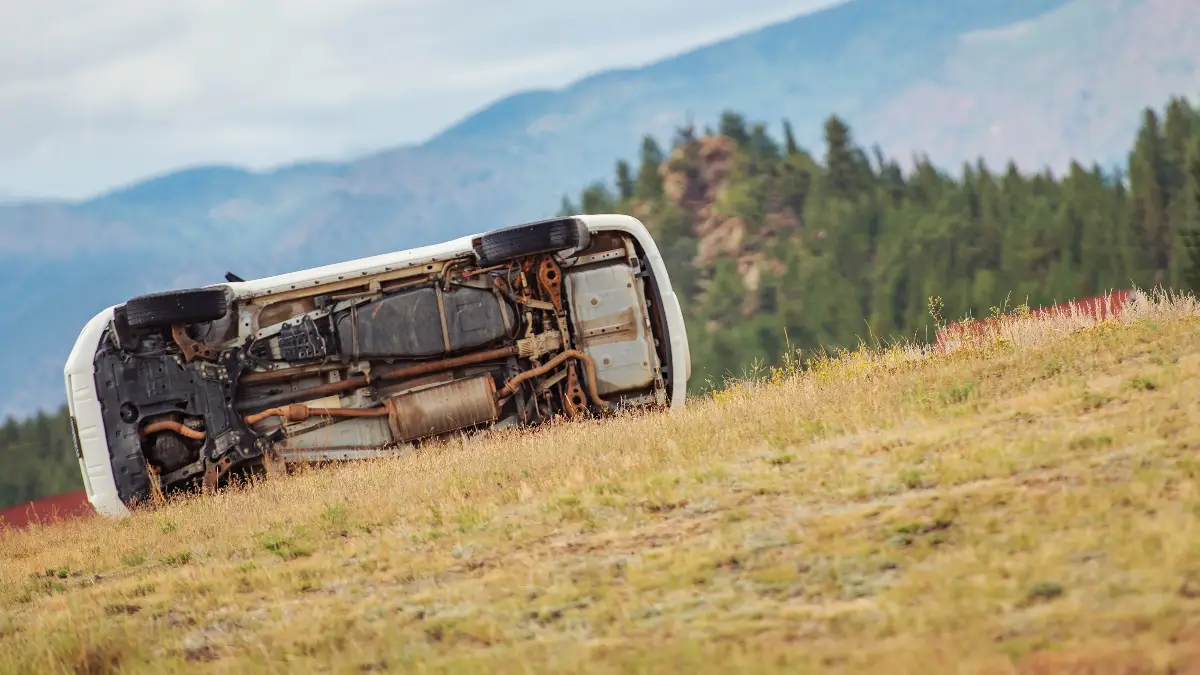
Wolf Creek Pass in Colorado makes experienced RV drivers break into a cold sweat. At 10,857 feet elevation on US Highway 160, you’ll face 6-7% grades that go on for miles. The runaway truck ramps? They’re inadequate and poorly placed. Your brakes will smoke. Your transmission will scream. And you’ll understand why locals call it “Wolf Creep Pass.”
The Million Dollar Highway between Ouray and Silverton, Colorado, takes the fear to another level. Picture this: 25 miles of road with no guardrails protecting you from thousand-foot drops. The lanes are so narrow you’ll need to use the oncoming traffic lane around curves. At 11,000 feet elevation, rockslides happen regularly. One RVer reported: “I white-knuckled it for two hours straight. Never again.”
Teton Pass on Wyoming’s Highway 22 has a design flaw that could kill you. The 10% grades last for three miles in each direction at 8,429 feet. But here’s the deadly part—the runaway truck ramps require you to cross into oncoming traffic to use them. Think about that for a second.
These dangerous RV roads aren’t just scary—they’re expensive. Brake replacements after mountain descents average $900+. Transmission damage from overheating? That’s $15,000 or more. One couple’s engine rebuild after Vail Pass cost them $22,000.
Speaking of Vail Pass on I-70, professional drivers warn about its weather traps. At 10,603 feet, you’ll descend a 7% grade for seven continuous miles westbound. The weather can drop 40 degrees in minutes. Rain becomes ice without warning. Your 40,000-pound home becomes an uncontrollable sled.
Cabbage Hill on Oregon’s I-84 east of Pendleton averages one motorhome fire per week during summer, according to Oregon Highway Patrol. The 6% grade continues for so long that brakes literally catch fire. The smoke you see on the shoulder? That’s someone’s dream vacation going up in flames.
The Beartooth Highway between Montana and Wyoming straight-up prohibits vehicles over 40 feet. Yet every summer, unprepared RVers try it anyway. Tow trucks charge $5,000+ for the rescue. If they can even reach you.
Smart RVers invest $25 in the Mountain Directory, which covers 700+ mountain passes in 22 states. It tells you exact grade percentages, escape ramp locations, and which passes will destroy your RV. That small investment prevents massive RV brake failure repairs.
The worst mountain passes for RVs share three things: sustained steep grades, high elevation, and limited escape options. Your engine loses 3% power per 1,000 feet of elevation. Your brakes fade after five minutes of constant use. And when things go wrong, help is hours away.
2. Urban Areas Where RVs Become Expensive Liabilities
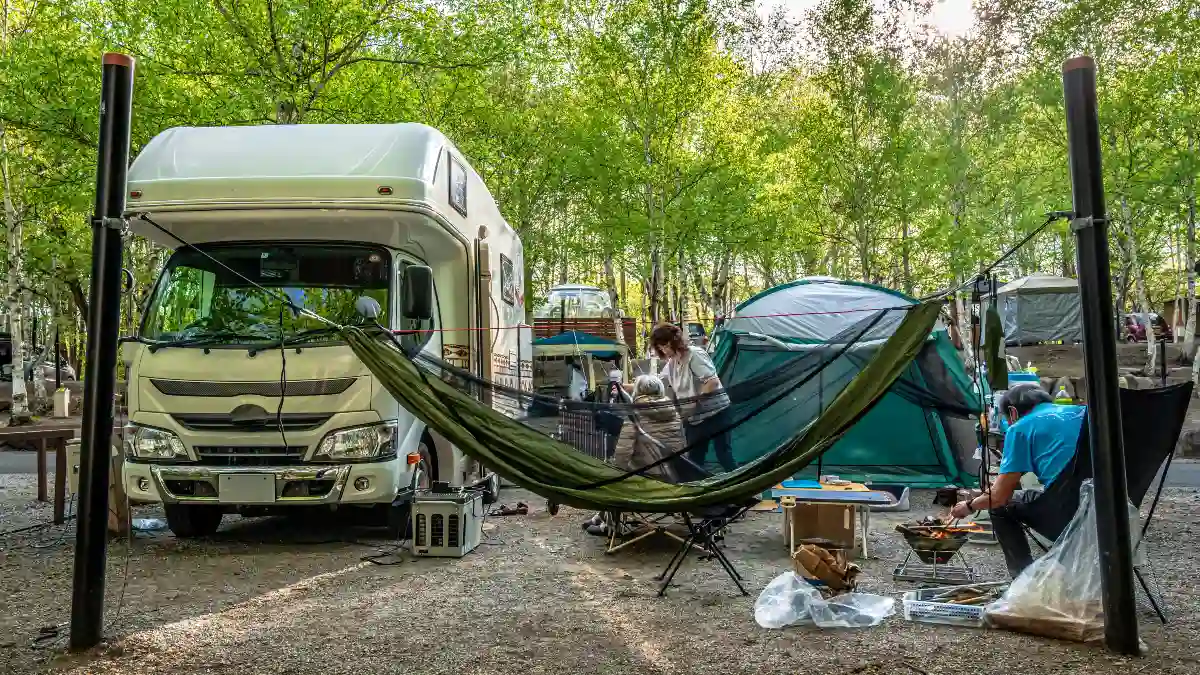
The New York and New Jersey metro area creates a propane prohibition maze that traps RVers daily. You can’t take propane through the Lincoln Tunnel, Holland Tunnel, or the George Washington Bridge lower level. Miss the signs? That’s a $500 fine plus towing costs. One wrong turn forces a 30-mile detour through unfamiliar streets.
Bar Harbor, Maine near Acadia National Park wasn’t built for your 40-foot motorhome. The downtown streets were designed for horse-drawn carriages in the 1800s. The Park Loop Road inside Acadia? It prohibits RVs entirely due to bridge heights. You’ll discover this after driving three hours to get there, forcing expensive campground changes 40 miles away.
The Las Vegas Strip won’t damage your RV, but it will steal hours of your life. Traffic lights are timed for pedestrians, not vehicles. The narrow lanes mean constant mirror-strike risks with parked cars. One RVer counted 47 red lights in four miles. “Never again,” he posted. “Take the bypass.”
Here’s what most RVers don’t know: eastern states typically limit bridge clearance to 13’6″ while western states allow 14-16 feet. Every bridge resurfacing reduces clearance by 2+ inches. That marked 13’6″ bridge might now be 13’2″. Your 13’4″ RV just became a convertible.
Durham, North Carolina’s famous 11foot8 bridge (now raised to 12’4″) has its own YouTube channel documenting hundreds of RV scalping incidents. Even with flashing warning lights and a steel crash beam, trucks and RVs still hit it monthly. The videos are painful to watch.
The Low Clearances Database tracks 7,000+ restrictions, but most GPS units only include 1,500. That’s 5,500 chances to destroy your RV’s roof. Urban RV restrictions change constantly. Construction projects drop temporary barriers overnight. That safe route from last year? It might not be safe today.
Cities update their RV parking restrictions without notice. San Francisco bans RVs from entire neighborhoods. Seattle requires you to move every 72 hours. Portland tickets RVs parked on any street from 2-5 AM. These worst cities for RVs generate revenue from confused visitors.
RV bridge clearance mistakes cost $10,000-$50,000 in damage. Insurance often denies claims, calling it “operator error.” One couple’s entire AC unit was ripped off in a Chicago parking garage. Their insurance company’s response? “You should have measured.”
Professional drivers maintain personal “never go” lists for cities. Boston’s narrow colonial streets. Philadelphia’s aggressive drivers. Washington DC’s confusing circles. Atlanta’s 16-lane highway merges. These urban areas turn RVs into expensive liabilities through damage, tickets, and towing fees.
3. Weather Disasters That Insurance Won’t Cover
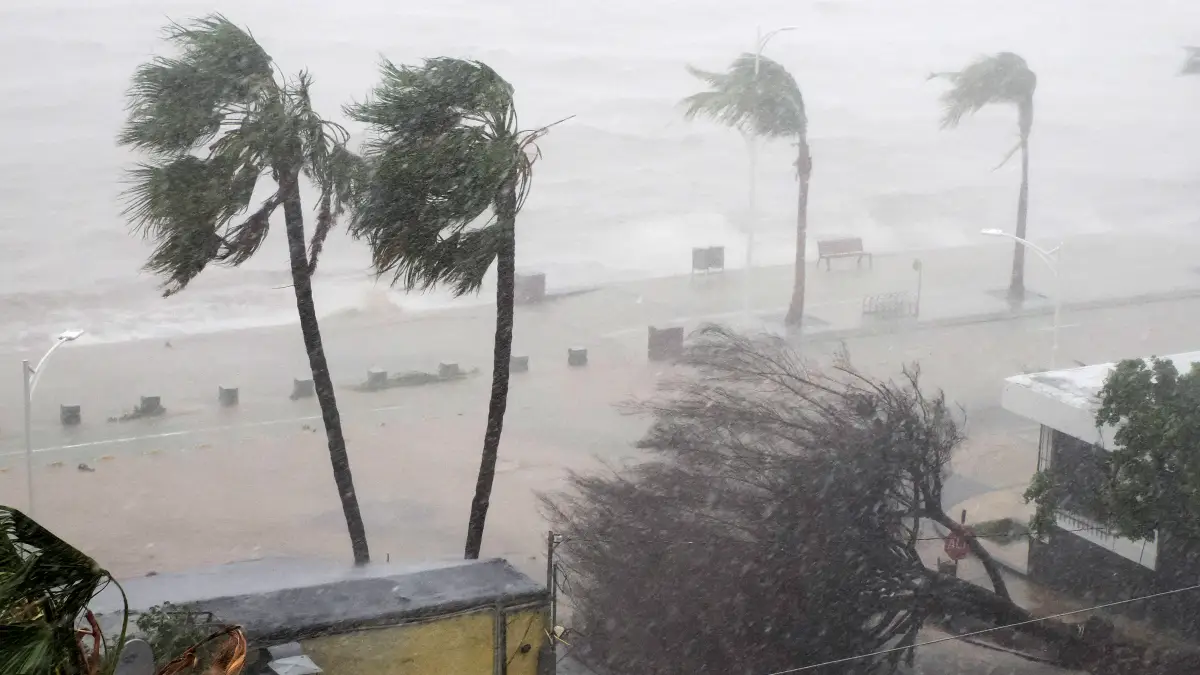
Hurricane Helene and Milton in 2024 showed why RV evacuation is impossible. Helene killed 252 people and caused $78.7 billion in damage. Milton forced 6 million people to evacuate—the largest Florida evacuation since Irma. RVs can’t outrun hurricanes. They become deadly projectiles at 75+ mph winds.
Your RV insurance likely excludes “Acts of God” and weather damage from “failure to evacuate.” But where would you go? Every campground for 500 miles fills instantly. Gas stations run dry. Your 8-mile-per-gallon fuel consumption means you need gas every 100 miles. You’re trapped.
“Hail Alley” stretches across Nebraska, Colorado, and Wyoming, averaging 7-9 hail days annually. The July 2024 Calgary hailstorm caused $164 million in insured losses, with vehicle damage representing over 50% of claims. Golf ball-sized hail at 90+ mph doesn’t just dent your RV—it destroys it completely. Skylights shatter. Fiberglass cracks. Your $100,000 RV becomes scrap metal in 90 seconds.
Death Valley holds the world record at 134.1°F. But you don’t need record heat to die. Interstate 10 through Arizona’s Sonoran Desert stretches 150 miles between services. Your RV’s engine coolant boils at 250°F. In 120°F heat, that happens fast. Cell service? Nonexistent. Recent desert rescues show RVers requiring emergency medical intervention after their AC fails.
Insurance companies use specific language to deny RV weather damage claims. “Gradual deterioration” from UV exposure? Not covered. “Seepage or leakage” after hail damage? Denied. “Consequential loss” when your slide-out fails after sand infiltration? Your problem. One family’s entire claim was denied because they couldn’t prove the storm damage happened during their policy period.
The real hurricane RV damage comes later. Salt air accelerates metal corrosion. Humidity breeds mold in hidden spaces. Your RV’s electrical system corrodes from inside. Six months after the storm, your RV starts falling apart. Insurance response? “That’s maintenance, not storm damage.”
Winter storms create different problems. RV pipes freeze and burst at 20°F. Your insurance might cover the pipe repair ($500) but not the water damage ($15,000). Roof collapse from snow weight? Check your policy—most exclude it.
Heat damage happens slowly, then suddenly. Tire sidewalls deteriorate in extreme heat. They look fine until they explode at highway speed. Dashboard plastics melt and release toxic fumes. Refrigerator cooling units fail, costing $3,000 to replace. Insurance calls it “wear and tear.”
Smart RVers track weather patterns obsessively. They flee Tornado Alley in spring. They avoid the Southwest in summer. They skip Florida during hurricane season. Because when severe weather hits your RV, you’re not just risking damage—you’re risking everything with no insurance safety net.
4. Fire and Rollover Patterns Killing RV Families
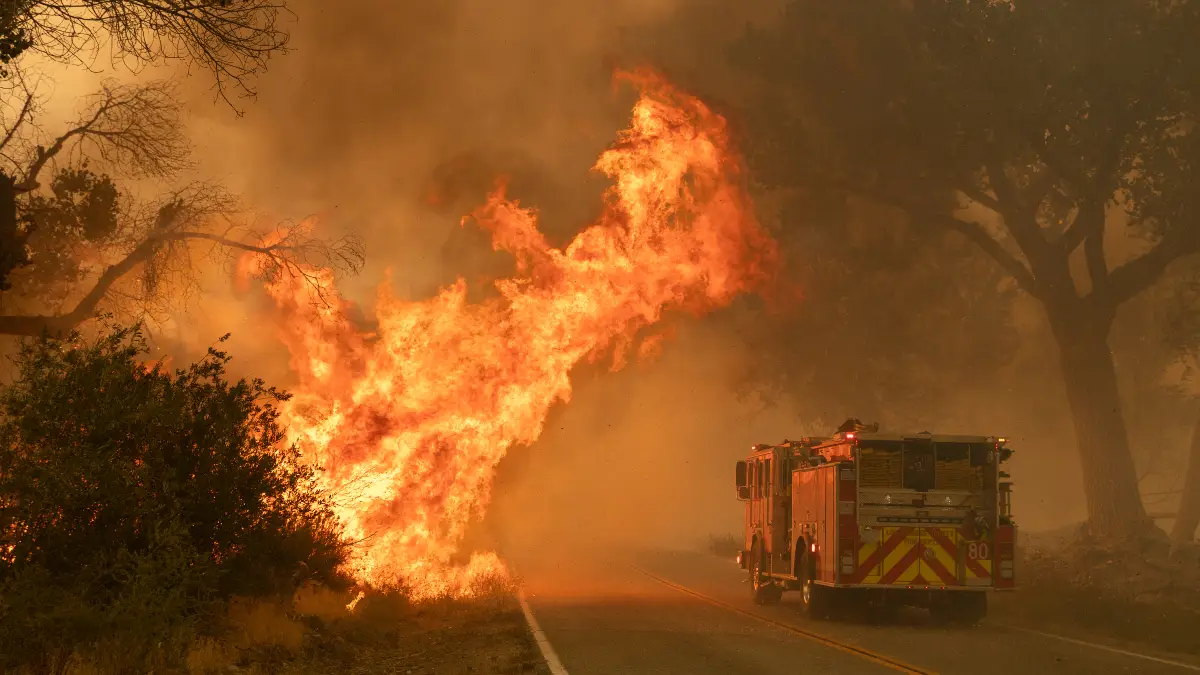
October 2024 in Spokane County—two people and their pet died in their fifth-wheel RV. The fire started at 11:05 PM while they slept. No working smoke alarms. The electrical fire spread so fast that neighbors couldn’t even attempt rescue. This happens 4,200 times every year in America.
The Massachusetts RV explosion in July 2024 tells a different horror story. Three generations of one family were preparing for their dream Grand Canyon trip. Grandfather was checking the propane system. The explosion threw him 20 feet. It melted the siding on nearby houses. The damage exceeded $100,000. The family survived but spent weeks in the burn unit.
Frances Gallegos, age 86, died in March 2025 on Arizona’s SR-85. A tire blowout caused their motorhome-SUV combination to roll. Her husband survived. This RV rollover accident pattern repeats constantly—tire failure leads to loss of control, then deadly rollovers. The same story played out in Utah, New York, Florida, and Idaho just this year.
The I-90 New York crash in August 2025 shows why following distance kills RV families. Traffic stopped suddenly. The RV couldn’t. Travis and Samantha Hileman survived because they wore seatbelts. But RV fire statistics show most victims don’t get that chance.
Here’s what the numbers tell us: 4,200 annual RV fires cause $60.3 million in losses. They kill 15 people and injure 125 more. But those statistics don’t capture the speed of RV disasters. You have 30 seconds to escape an RV fire. Maybe less.
Electrical systems cause 86% of RV fires. Your converter, inverter, batteries, and shore power connections all generate heat. Add summer temperatures, and you’re cooking your wiring. One loose connection becomes an inferno. RV manufacturers use the cheapest components that barely meet codes.
Tire blowouts trigger most fatal rollovers. RV tires age from the inside out. They look perfect until they explode. The sudden pull yanks your steering wheel. At 65 mph, you’re already sideways before you can react. Your high center of gravity does the rest.
Refrigerator fires deserve special mention. RV refrigerators use ammonia and heat to create cooling. When they fail, they burn hot and toxic. The fumes knock you unconscious before the flames reach you. Recent recalls affected 1.3 million units, but many owners never got notified.
The saddest part? Most RV safety failures are preventable. Smoke alarms cost $10. Tire pressure monitors prevent blowouts. Electrical inspections catch problems early. But people trust their RV like they trust their house. Houses don’t drive 65 mph down highways. Houses don’t have propane, gasoline, and electricity within feet of each other.
5. Insurance Coverage Gaps Costing Owners Everything

Progressive Insurance denied Sarah Mitchell’s water damage claim despite her having “comprehensive coverage.” Her AC unit malfunctioned, sending water through the ceiling. Progressive’s response? “Water infiltration isn’t covered, even with roof coverage. Roof insurance doesn’t cover roof leaks.” Her repair bill: $18,000.
This happens daily. RV insurance claims get denied for technicalities owners never knew existed. “Gradual deterioration?” Not covered. “Improper maintenance?” Denied. “Consequential damage?” Your problem. That comprehensive policy you bought? It’s full of holes.
RV insurance costs vary wildly:
- Class A motorhomes: $1,000-$4,000 yearly
- Class C motorhomes: $800-$3,000
- Travel trailers: $300-$1,000
- Fifth wheels: $500-$2,000
But here’s what they don’t tell you: standard deductibles start at $1,500. Your insurance company counts on you not filing claims under that amount. Hit a tree branch? That’s $1,200 in damage, so you pay. Slide-out motor fails? $1,400—you pay again.
Maintenance exclusions destroy owners financially. Your roof needs resealing every year—that’s maintenance. Skip it once, and any water damage gets denied. Your tire blew out? They’ll check the manufacture date. Over six years old? Claim denied for “lack of maintenance.”
The 30% initial claim denial rate means insurance companies reject nearly one-third of claims immediately. They know most people won’t appeal. Those who do fight wait months for resolution. Meanwhile, your RV sits damaged and unusable.
Mexico travel creates massive RV coverage gaps. Your U.S. or Canadian policy becomes worthless the second you cross the border. You need separate Mexican insurance. Get caught without it? Your RV gets impounded, and you might go to jail. Mexican insurance costs $400-$900 for six months, and many companies selling it are scams.
Storage claims get particularly nasty denials. Mice chewed your wiring while stored? “Pest damage” isn’t covered. Roof leaked during winter storage? Should have checked it monthly. Tires developed flat spots? That’s “improper storage procedure.”
Full-timer policies cost more but cover less. Living in your RV full-time? Standard policies won’t cover you. Full-timer policies cost 20% more but exclude “personal property” over $3,000. Your laptop, tools, and clothes? Not covered in theft.
The worst part about RV insurance claims? Depreciation. Your 5-year-old RV worth $100,000 new might be valued at $40,000 during claims. Total loss? You get $40,000 minus your deductible. You still owe $60,000 on the loan. Gap insurance? That’s extra, and most buyers skip it.
6. Specific Roads Professional Drivers Never Take
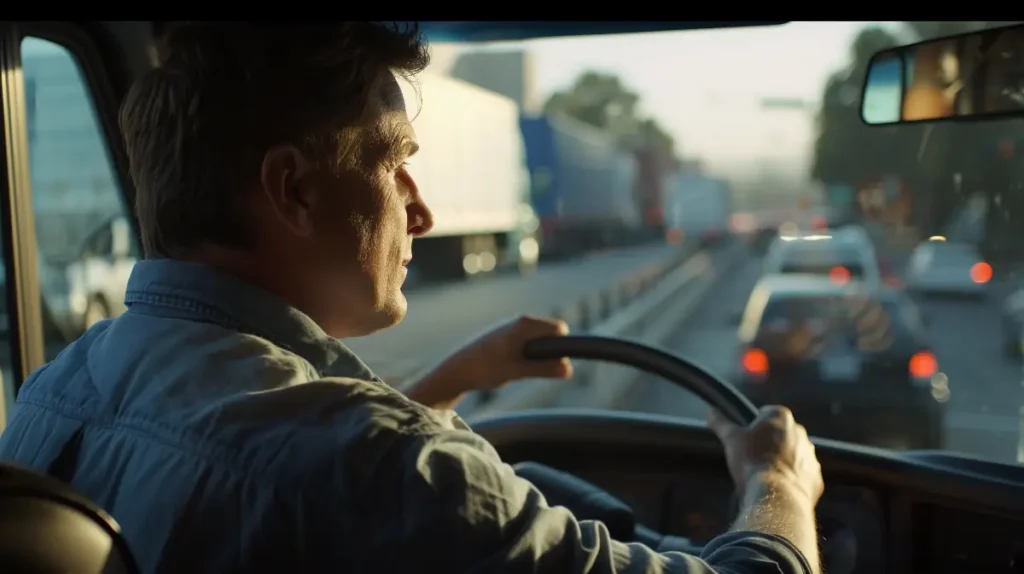
Pacific Coast Highway’s Big Sur section kills RVs through beauty and narrow lanes. The road prohibits vehicles over 40 feet for good reason. No shoulders exist for 90 miles. When landslides hit—and they hit every winter—you’re trapped. The switchbacks require using both lanes. Meet another RV coming uphill? Someone’s backing up for a quarter-mile on a cliff edge.
Highway 89A between Flagstaff and Sedona makes professional drivers say “skip Sedona entirely in an RV.” These 27 miles include hairpin turns with zero visibility. The switchbacks are so tight that 35-foot RVs must use the oncoming lane to complete turns. Guard rails? Minimal. Pullouts for brake cooling? Three in 27 miles. Local tow trucks charge $2,000 minimum because they know you’re desperate.
US Route 129—the “Tail of the Dragon” in Tennessee—has 318 curves in 11 miles. The road prohibits vehicles over 30 feet, but RVers try anyway. They get stuck. They block the road for hours. Motorcyclists maintain a “Tree of Shame” decorated with parts from crashes. Your RV’s parts could be next.
Highway 17 in South Carolina’s Beaufort County creates a “roller coaster” that tosses everything in your RV. The rapid elevation changes are invisible until you’re airborne. Dishes break. Refrigerators open. TVs fall off walls. The narrow lanes and blind curves mean you can’t slow down without getting rear-ended.
California’s Mojave Desert roads look safe on GPS but become death traps. Kelbaker Road stretches 90 miles without services. Essex Road has sand drifts that swallow RVs. Amboy Road’s pavement ends without warning. Your GPS doesn’t know this. It just sees a “road” and routes you there. Cell service? None for 100 miles.
The worst RV routes share common traits. They were built before RVs existed. They follow ancient paths that horses used. They weren’t engineered—they evolved. Your 40-foot motorhome has no business on roads built for Model T Fords.
Professional drivers keep personal “never again” lists. Colorado’s Black Bear Pass—one way down, no way to turn around. Utah’s Moki Dugway—gravel switchbacks with 1,100-foot drops. Arizona’s Apache Trail—25 miles of dirt with cliffs on both sides.
GPS misdirection creates the worst dangerous RV roads. Your car GPS suggests “shortcuts” through forest service roads. These aren’t roads—they’re dirt tracks with 18-inch ruts. RVers get stuck weekly on Oregon’s NF-58. Rescue costs? $5,000 minimum, if they can reach you.
The Mountain Directory ($25) lists roads you should never attempt. It’s written by truckers who learned the hard way. They describe each road’s specific dangers. That tiny investment prevents you from becoming another cautionary tale on RV road restrictions forums.
7. Neglecting RV Maintenance
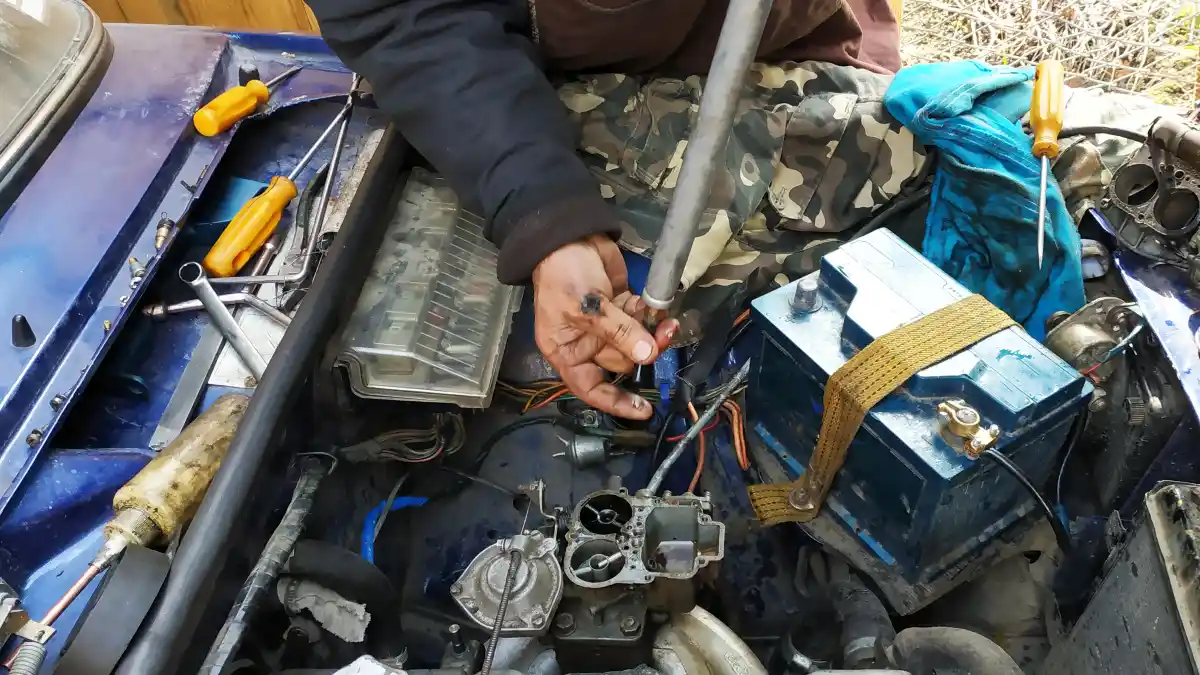
Many RV owners overlook regular maintenance. This can lead to bigger problems later. Simple tasks help keep an RV running well. Checking the tire pressure is important. Under-inflated tires can cause blowouts. It is essential to inspect them before every trip.
The roof also needs attention. UV rays, rain, and debris can damage it over time. Regularly cleaning and sealing the roof prevents leaks.
Inspecting the brakes ensures safety. Worn-out brakes can lead to accidents. Regular checks and replacing parts when needed keep the RV safe.
Don’t forget about the water system. The fresh water, gray water, and black water tanks need regular checks. Cleaning and sanitizing these tanks prevent plumbing issues.
Battery maintenance is essential too. Corroded connections or low fluid levels can cause power failures. Keeping the battery in good shape ensures the RV functions smoothly.
Keeping up with these tasks can save time and money. It also makes trips more enjoyable and less stressful. Regular maintenance allows RVers to focus on having fun and exploring.

